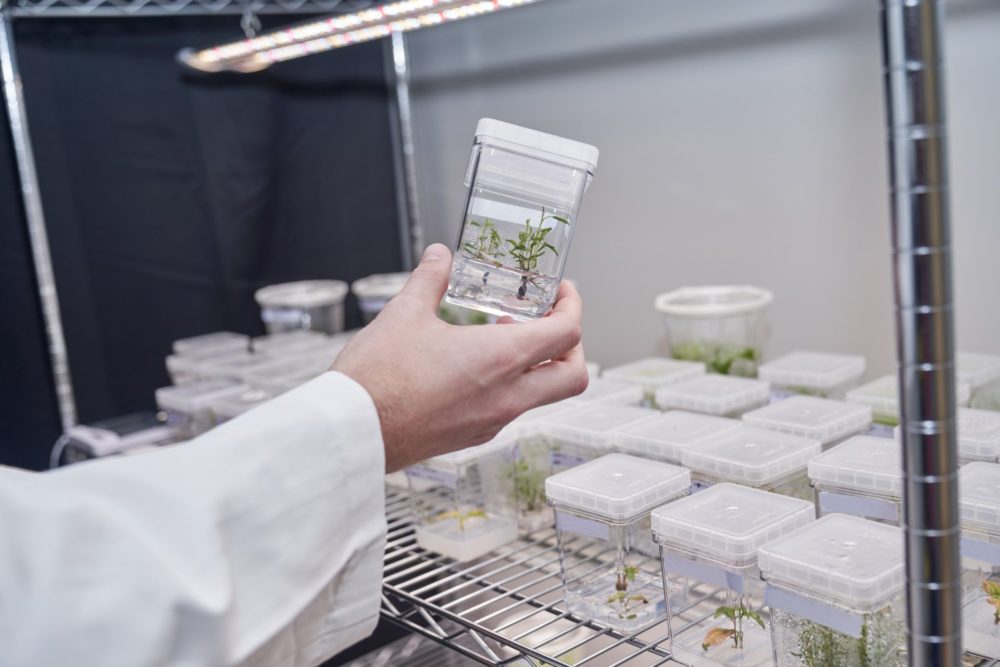- Climate biotech startup Living Carbon has secured a $21 million Series A raise for its “photosynthesis-enhanced trees” that the company claims can grow faster and capture more carbon. This brings the company’s total funding to $36 million.
- Temasek led the round with participation from Lowercarbon Capital, Toyota Ventures, Felicis Ventures, and other angel investors.
- Living Carbon will use the funding to produce and plant 4 million to 5 million photosynthesis-enhanced seedlings.
- New capital will also go towards growing the Living Carbon team.
Why it matters:
Trees are a vital tool when it comes to capturing and storing carbon, not to mention fighting climate change.
Living Carbon aims to make them even more robust by commercializing trees that will grow faster and can capture and store more carbon.
“‘Photosynthesis enhancement,’ used for years with crop plants, increases biomass rather than yield so is better suited to carbon markets, where success is measured by how much carbon is locked away,” Living Carbon CEO Maddie Hall told Reuters.
“Living Carbon engineers supertrees that grow up to 50% faster and eat up to 27% more CO2 than your run of the mill logs,” Lowercarbon Capital founder Chris Sacca said in a statement. “That means more timber, forests, and other carbon-storing products sooner and cheaper.”
Landowners can buy and plant seedlings on already abandoned land such as former mines or dairy farms, and also utilize Living Carbon’s monitoring and quantification system for carbon. Once the carbon is captured, landowners can sell credits to companies looking to offset their emissions.
The new funding will go towards commercializing the company’s first product, a hybrid poplar tree. Over the next couple of years, the company plans to supply 4 million to 5 million seedlings; it is currently developing carbon projects in Pennsylvania and Georgia.
It will also use the funding to grow its team and the number of climate solutions it offers. At the moment, the company is working on a trait that enables trees to accumulate higher levels of metals in their roots, which slows decay.




